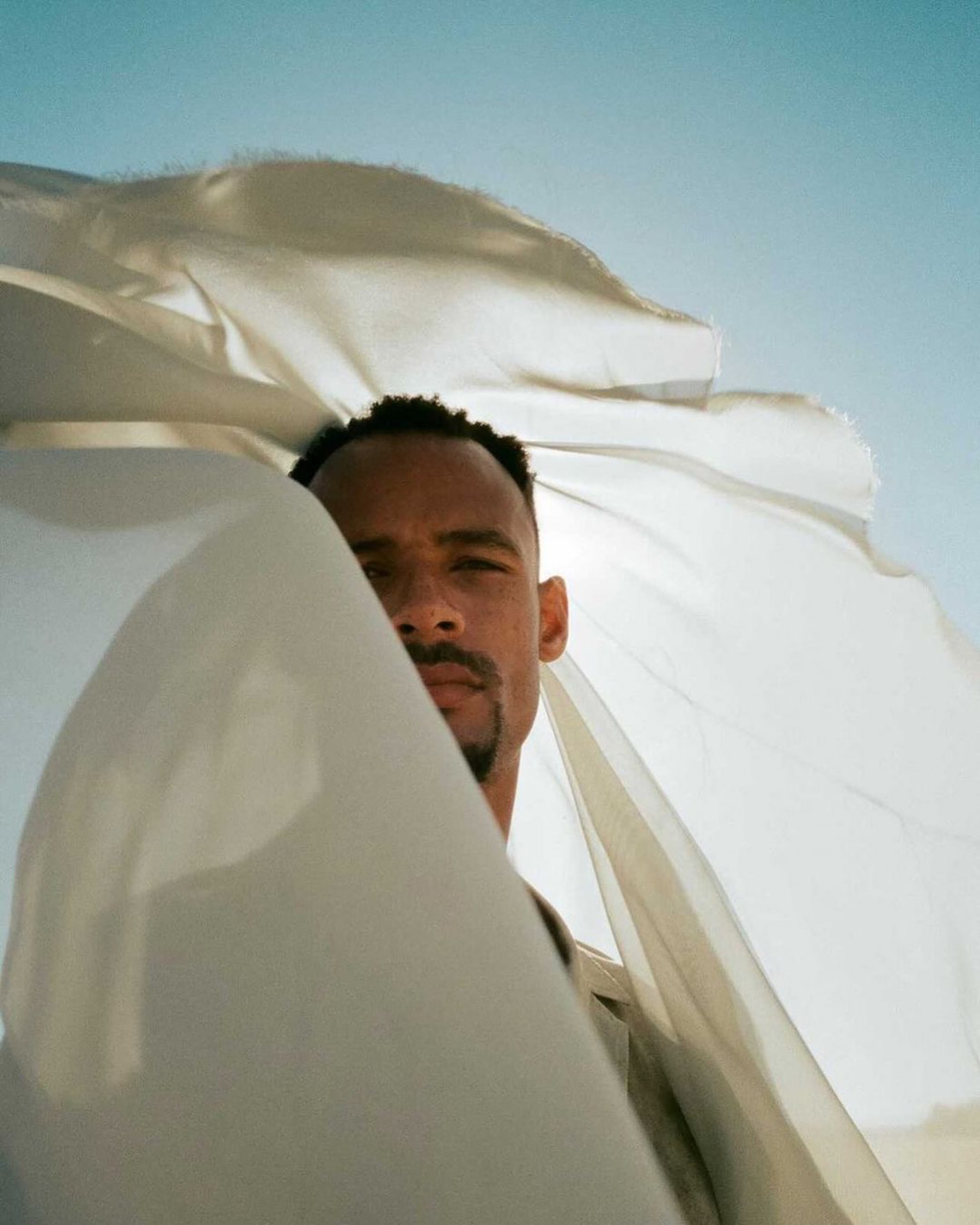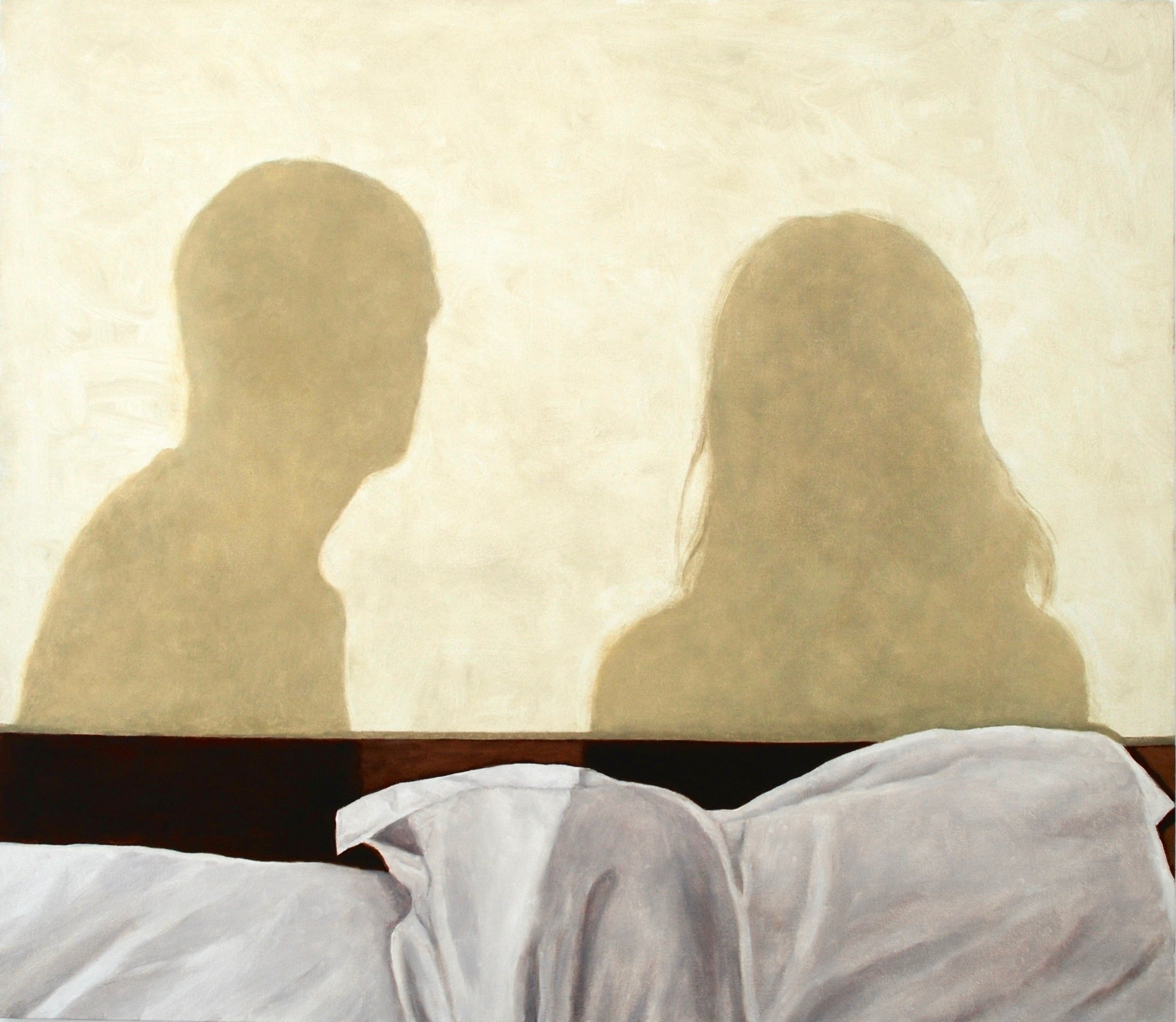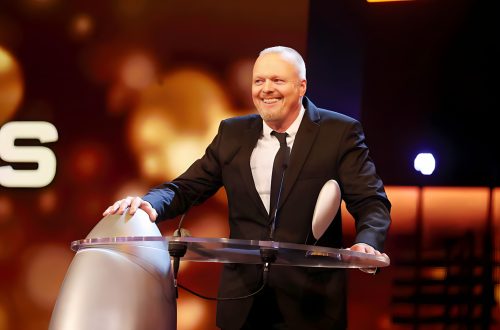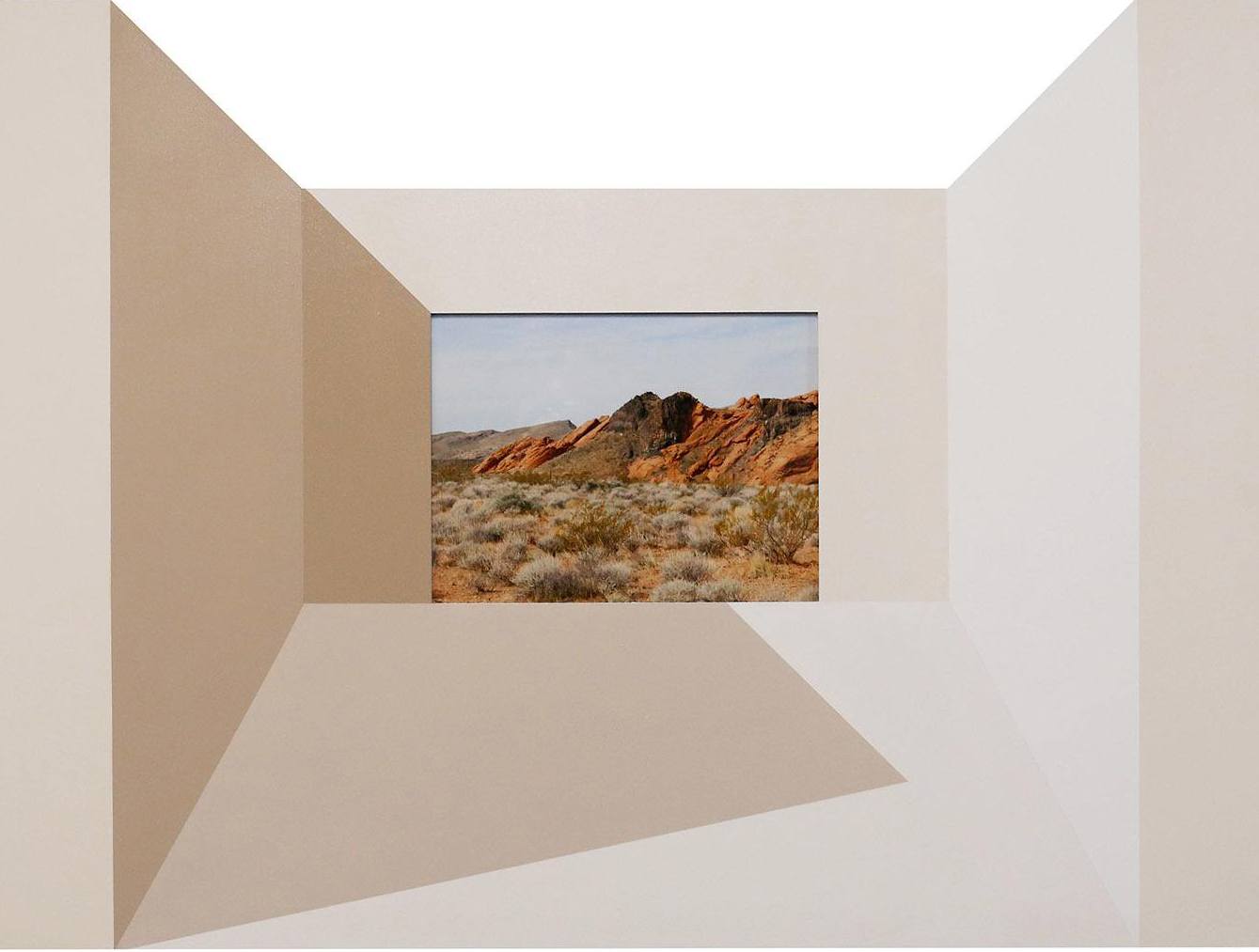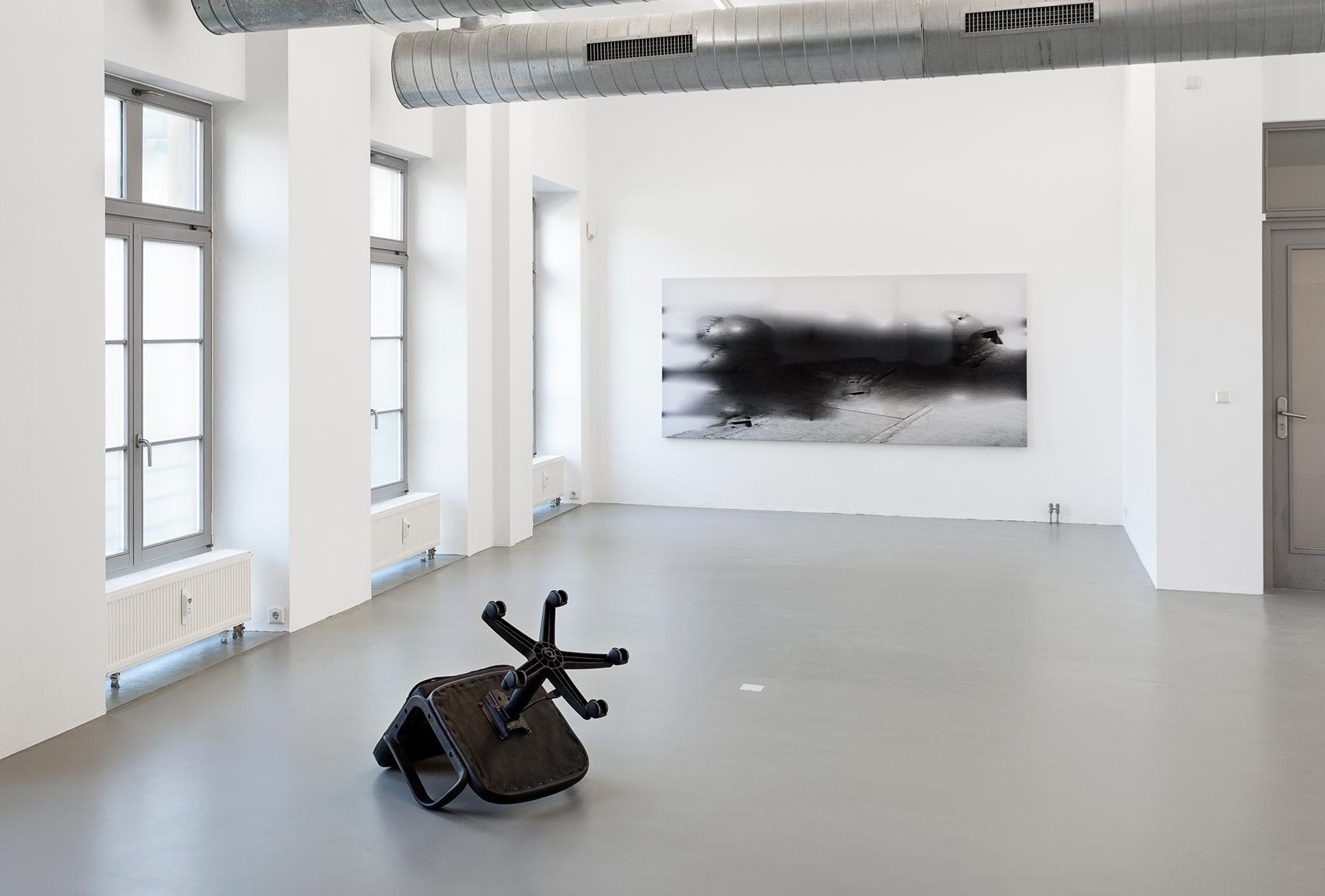If there was one word to describe Tyus, it would be imaginative—his imagination resting in both the movement and composition. “I was a rambunctious and inventive child,” he tells us over Zoom. “My favorite games were fighting invisible ninjas, making string installations using furniture and doorknobs, and coming up with dances with my babysitter, aunt, and sister.” Dance has always been part of his expression, even before he had the words to describe it or the knowledge to look for it. “I was a dance-maker from the age of six. There are several rather embarrassing home videotapes of me performing for my family,” he adds with a soft smile. The great thing about dance is that you don’t choose it, it chooses you. “When I was 11, doctors found out I had a bone disorder called Blount’s disease, which required a surgical operation that left my legs broken and held together with nails. The doctor suggested a rehabilitative physical activity: dance. I was instantly hooked—I had found my thing,” he shares.
Tyus began dancing full time at the age of 12, and slowly developed his dance into an artful construction of intense physicality, performed with an excellence and precision rarely found. “I started dancing as a competitive activity. I was trained in ballet, hip hop, and acrobatics. We competed against other studios across the US; I was exposed to some incredible dancers, and constantly pushed and inspired to be the best. This taught me the value of hard work and practice,” he explains. “After leaving the studio, I found myself surrounded by talents from all walks of life, who instilled in me new values on creativity, exploration, story-telling, and self-expression.” His intensive knowledge would later lead him to work for the Cirque du Soleil—an experience which he recalls as “the best job I ever had”—and for an unconventional dance company in the middle of Connecticut, the Pilobolus Dance Theater. “That’s when dance became more than a sport to me. It became a spiritual act, one that I’m called to do by something greater than myself,” he says. “Working at Pilobolus truly opened my eyes to the possibility of the moving arts,” he reflects; “it reignited me not just as a dancer but as a choreographer.”

